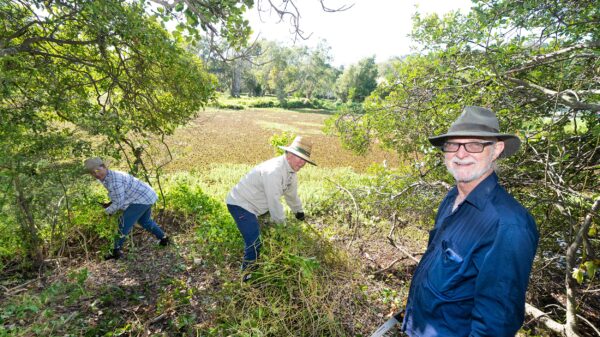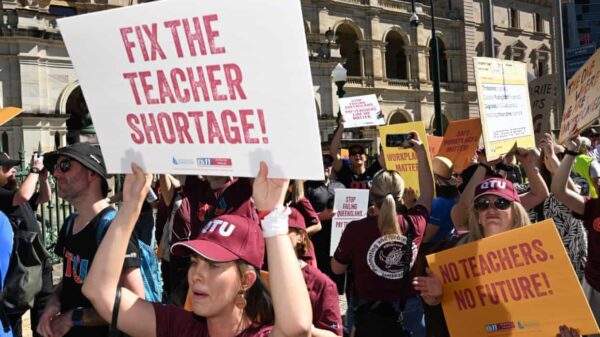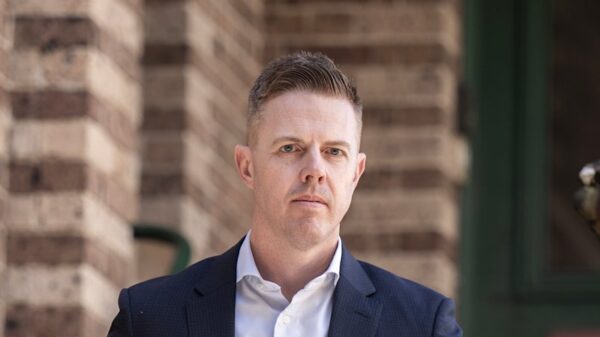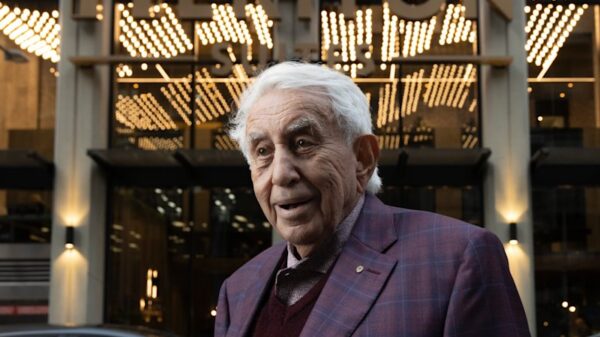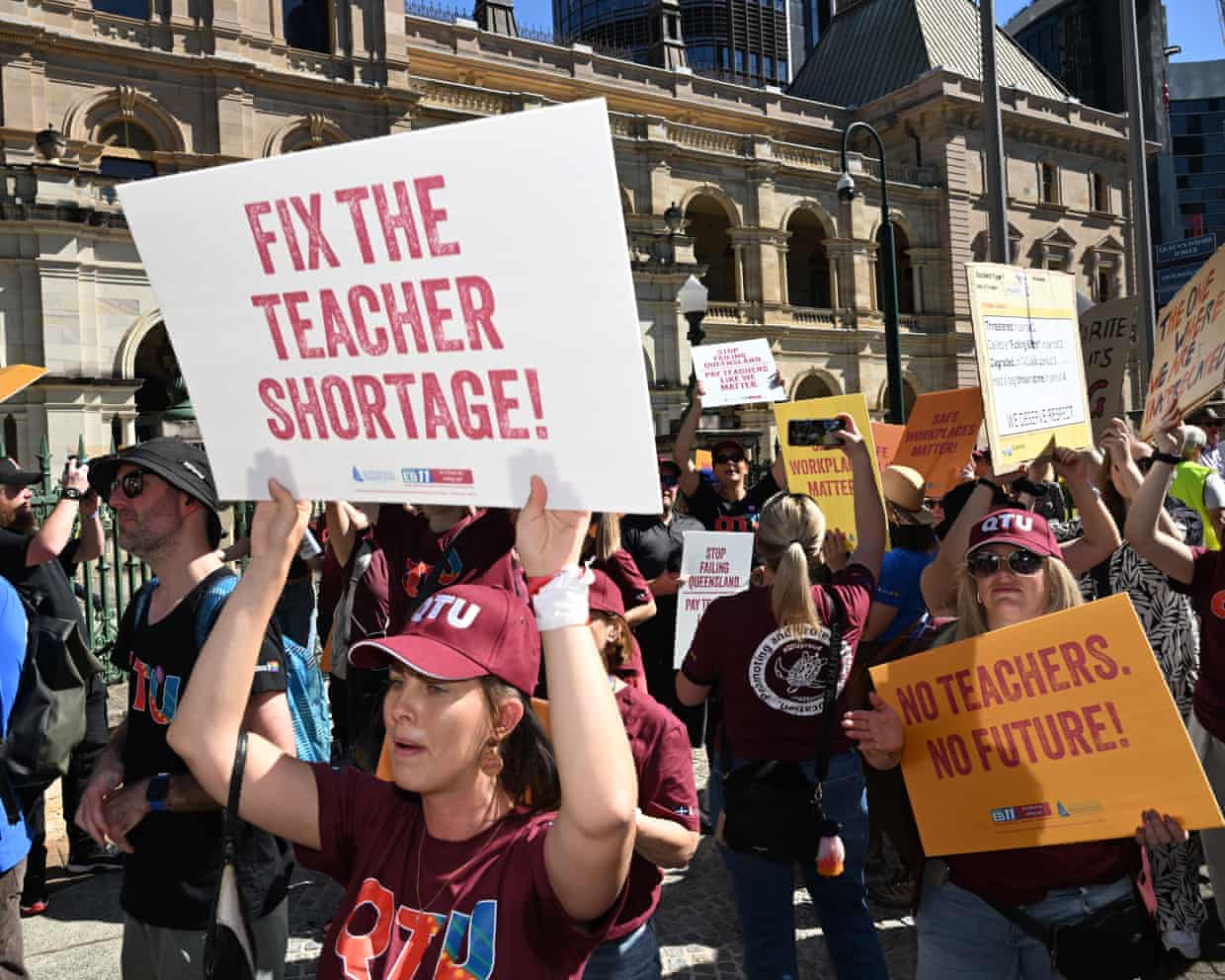Australia is grappling with one of the most severe teacher shortages in the world, particularly affecting disadvantaged and remote schools. According to the OECD Teaching and Learning International Survey (Talis), released this month, a staggering 42% of lower secondary principals in Australia reported that teacher shortages hindered the quality of instruction at their schools. This figure is almost double the OECD average of 23% and has risen from just 14% in 2018.
The crisis is more pronounced in regional areas, where 63% of principals reported shortages, and in disadvantaged schools, where the figure escalates to 67%. These schools are defined as having over 30% of students from socioeconomically disadvantaged backgrounds. Trevor Cobbold, convener of Save Our Schools, described the situation as a “diabolical staffing crisis,” emphasizing that the dwindling number of teachers directly restricts learning opportunities, especially in public schools that serve lower-income communities.
Mathew Burt, principal at Broome Senior High School in Western Australia, noted that the impact of teacher shortages is felt most acutely in regional areas. Burt, who has held his position for less than a decade, highlighted the contrast between metropolitan schools, where principals often serve for 15 years or more, and remote schools that frequently see leadership changes. “When you’ve got principals changing over every few months, the trust and confidence of the community in that school drops,” he explained.
The findings from the Talis report reveal that Australian teachers are working an average of 46.5 hours per week, significantly above the OECD average of 40.8 hours. Almost two-thirds of teachers (65%) reported experiencing high stress, and 80% noted that their job negatively affects their mental health. A separate study from the University of New South Wales (UNSW) corroborated these findings, revealing that teachers are experiencing anxiety and depression at rates three times higher than the national average, primarily linked to their heavy workloads.
As of 2024-25, the Department of Education reported that 1,279 teachers in Western Australia resigned, marking the highest number of resignations since record-keeping began in 2005. Correna Haythorpe, president of the Australian Education Union, called the scale of the issue “unacceptable for a wealthy, developed nation.” She pointed to a significant escalation in shortages beginning three years ago, as many prospective teachers reconsidered entering the profession while others questioned their longevity in it.
The Australian education system has been under strain for years, with inadequate resources leading to increased burdens on teachers. Haythorpe noted, “We’ve had a public education system which has been so starved of resources that teachers carry that burden because you don’t want to let any child down.”
The Australian Primary Principals Association recently reported that schools have been forced to eliminate specialist subjects such as music and arts due to teacher shortages. One regional principal remarked, “Every day starts with a spreadsheet of who’s absent and ends with wondering how much longer we can keep this up.”
In response to the ongoing crisis, education ministers agreed to a National Teacher Workforce Action Plan at the end of 2022, focusing on teacher supply, education, elevating the profession, and retention. Since then, there has been a 7% increase in annual applications to teaching degrees, and several changes in teacher training have been announced.
Some states have managed to achieve improvements. In New South Wales, for instance, public school vacancies have dropped by 61% over three years. There were just 962 unfilled teaching positions in term three of 2025, compared to 2,460 at the same time in 2022. This reduction is largely attributed to a pay deal secured by teachers in 2023, which positioned them among the highest-paid in the country, along with the introduction of dedicated recruitment officers in schools.
While these developments are positive, Haythorpe insists that adequate funding is equally critical. She stated, “It should be used to address escalating workloads and to ensure we’ve got more educational support personnel so that we can alleviate burden from teachers and give them time to teach in the classroom.”
Despite minor improvements, Burt recognizes that more comprehensive solutions are necessary. He highlighted the need for incentives in Western Australia to encourage student teachers to complete placements in regional schools. However, he argued that such measures do not address the continuity issue that affects student performance and community cohesion.
Burt’s daughter has recently begun her teaching degree and is benefiting from government scholarships and paid practical placements. He noted, “When I first came into teaching, I pretty much had to go to a country area for my first posting. My daughter will walk into a job at any one of those primary schools in the metropolitan area where she lives.”
He concluded that a national approach is essential to resolve this issue. “Right now, we’re just pinching teachers from each other. The schools that are less desirable are ending up with worse shortages, creating more of a problem.”



